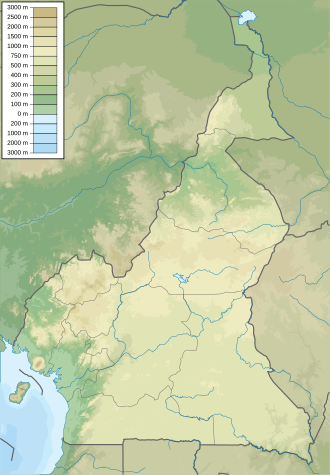| Bouba Njida National Park | |
|---|---|
| Location | |
| Coordinates | 8°37′25″N14°39′24″E / 8.62361°N 14.65667°E |
| Area | 2,200 km2 (850 sq mi) |
| Established | 1980 |

Bouba Njida National Park is a national park of Cameroon. A total of 23 antelope species occur in the park. [1] The painted hunting dog, Lycaon pictus, had been observed in Bouba Njida National Park at the start of the 21st century. This population of the endangered canid is one of the few that remained in Cameroon as of the year 2000. [2]
Contents
In 2012, heavily armed poachers from Chad and Sudan massacred some 200 savannah elephants while on horseback thus wiping out more than half of the elephant population of the Bouba N’Djida National Park. [3]
